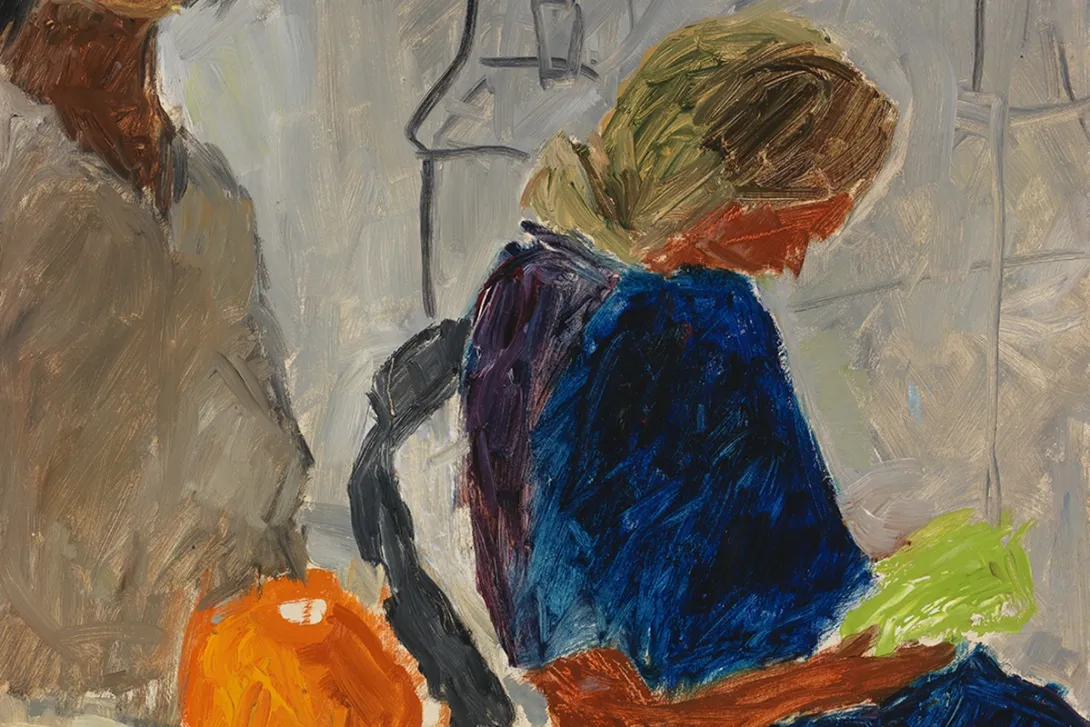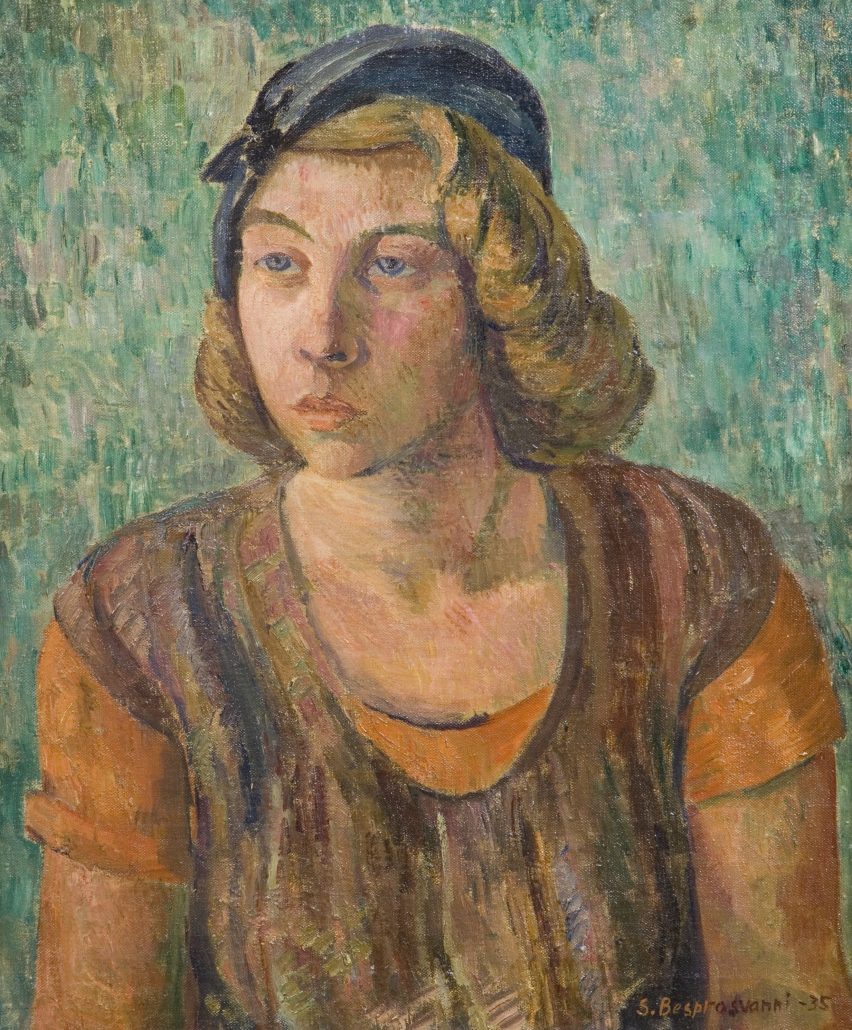Anniversary Exhibition Free 90 | HAM

Founded in 1935, the Free Art School has played a role in the education of many renowned Finnish painters.
Tove Jansson first participated in the school’s croquis evenings, where quick, sketch-like drawings are made from live models. In 1937, she enrolled as a full-time student.
“She wanted to broaden her perspective,” says Boel Westin, Jansson’s biographer. At 23, Jansson had already graduated from two institutions: the Art and Design department of Stockholm’s Technical School and the Art Society’s Drawing School – now known as the Academy of Fine Arts at the Ateneum. Painting was her passion, but her years at the Ateneum had been difficult. The narrow ideals of 1930s Finnish art and the school's rigid teaching methods failed to inspire her. Language tensions also influenced the atmosphere, and Jansson felt that female students were not as respected as their male peers.
In 1936, a group of painting students left the school, rented their own studio, and formed a kind of independent artists’ collective. Jansson later returned to the Ateneum. The Free Art School, founded as a counterbalance to the Drawing School, also offered her a place to work more freely and without restrictions. “This was a time of learning for her, but also a period during which she began to establish herself as a painter. She was constantly seeking new aesthetics and perspectives. She worked intensively,” says Westin. During the school’s model sessions, Jansson preferred to paint interiors or fellow students rather than the model itself. She also took part in the Free Art School’s pre-Christmas sales exhibition. The critique at the school differed from what she had previously experienced. “She was happy because one of her teachers was the inspiring and encouraging Hjalmar Hagelstam,” writes Tuula Karjalainen in her biography of Jansson.
The Free Art School, Tove Jansson, and Hjalmar Hagelstam are also connected in another way. The school first operated in Hagelstam’s tower studio at the corner of Kasarmikatu and Ullanlinnankatu. At the end of the war, Jansson was given access to this studio. It became deeply important to her, and she worked there for the rest of her life. Hjalmar Hagelstam died in the war. The Free Art School had been founded on the initiative of Maire Gullichsen, who had studied in France. From the start, internationalism was a core value of the school – and internationalism was also important to Tove Jansson.
In spring 1938, Tove Jansson headed to France. She continued her studies in Paris at the Atelier d’Adrien Holy and painted in Brittany.

Sources:
Karjalainen, Tuula: Tove Jansson – Tee työtä ja rakasta, Tammi 2013
Kruskopf, Erik: Kuvataiteilija Tove Jansson, WSOY 1992
Westin, Boel: Tove Jansson – Sanat, kuvat, elämä, Schildts & Söderströms, 2013
Stay up to date with the Free Art School: follow us on Facebook, Instagram and LinkedIn!